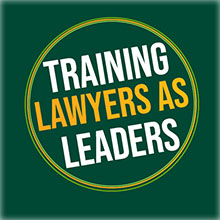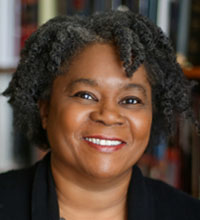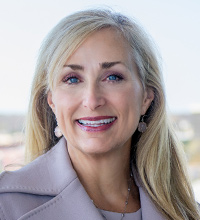
Special Guest Post By:
Sue Schechter, Director, Field Placement Program and Faculty Co-Director, Pro Bono Program, UC Berkeley School of Law; and
Erin Bair, Assistant Director, Career Development Office, Loyola Law School/Los Angeles
In thinking about Leadership and Public Service, we went back to the all-important Model Rules that many of us rely upon throughout our professional lives.
As many of you know, the Model Rules of Professional Conduct begin with a Preamble that calls upon us to, “…devote professional time and resources and use civic influence to ensure equal access to our system of justice for all those who because of economic or social barriers cannot afford or secure adequate legal counsel. A lawyer should aid the legal profession in pursuing these objectives and should help the bar regulate itself in the public interest.” There are many days when we wish that law students would have to memorize, write, and daily repeat these sentences to reinforce not only their importance but to remember we all made this agreement when we entered this noble profession.
Then we moved to Model Rule 6.1, which is where many of us go when we want to teach students about the importance of pro bono and the lawyers’ role in making our legal system more accessible to all: Every lawyer has a professional responsibility to provide legal services to those unable to pay. A lawyer should aspire to render at least (50) hours of pro bono publico legal services per year….
As we pondered these two foundational entries in the Model Rules, we wondered how this relates to the concept of leadership, what does it mean to be a leader who cares about public service, and can you be a leader and not care about public service? We think not. Furthermore, we think that if you are only focusing on the benefit you are giving and not the benefit you are receiving, you might be missing out, both in terms of personal satisfaction and professional growth.
We think being a leader means doing action that is in alignment with your values and that law is a service profession at its heart. Through our schools’ pro bono and public service programs, we simultaneously fulfill our commitment to public service and instill the importance of service, as well as our skills, competencies, and experience, in the next generation of legal practitioners.
And though this all sounds altruistic, we think you will find that at the end of the day, you will benefit most. We tend to think effective leaders have all the answers. We tend to think of leadership as a static status. When we remember that at its heart lies action, we realize that the actions required are based on humility: centering on the persons we are assisting and asking the right questions. Though we are desperately needed for our knowledge, we cannot impart it without building relationships. It is through relationships – not our knowledge or our status – that we demonstrate true leadership.
Pro bono and public service provides an opportunity to build our relational skills with emerging lawyers and the clients who have put their trust in us. These skills will transcend these relationships. Building our relationship muscles will take us farther as professionals, colleagues, family members, and community leaders than our knowledge alone ever could.
We think the fundamental questions we all need to be asking each other, and even more importantly, asking those we are assisting, is what does service mean to them, how will they serve, and how will they use their experience to reach the goals for which we all strive – access to justice for all?









